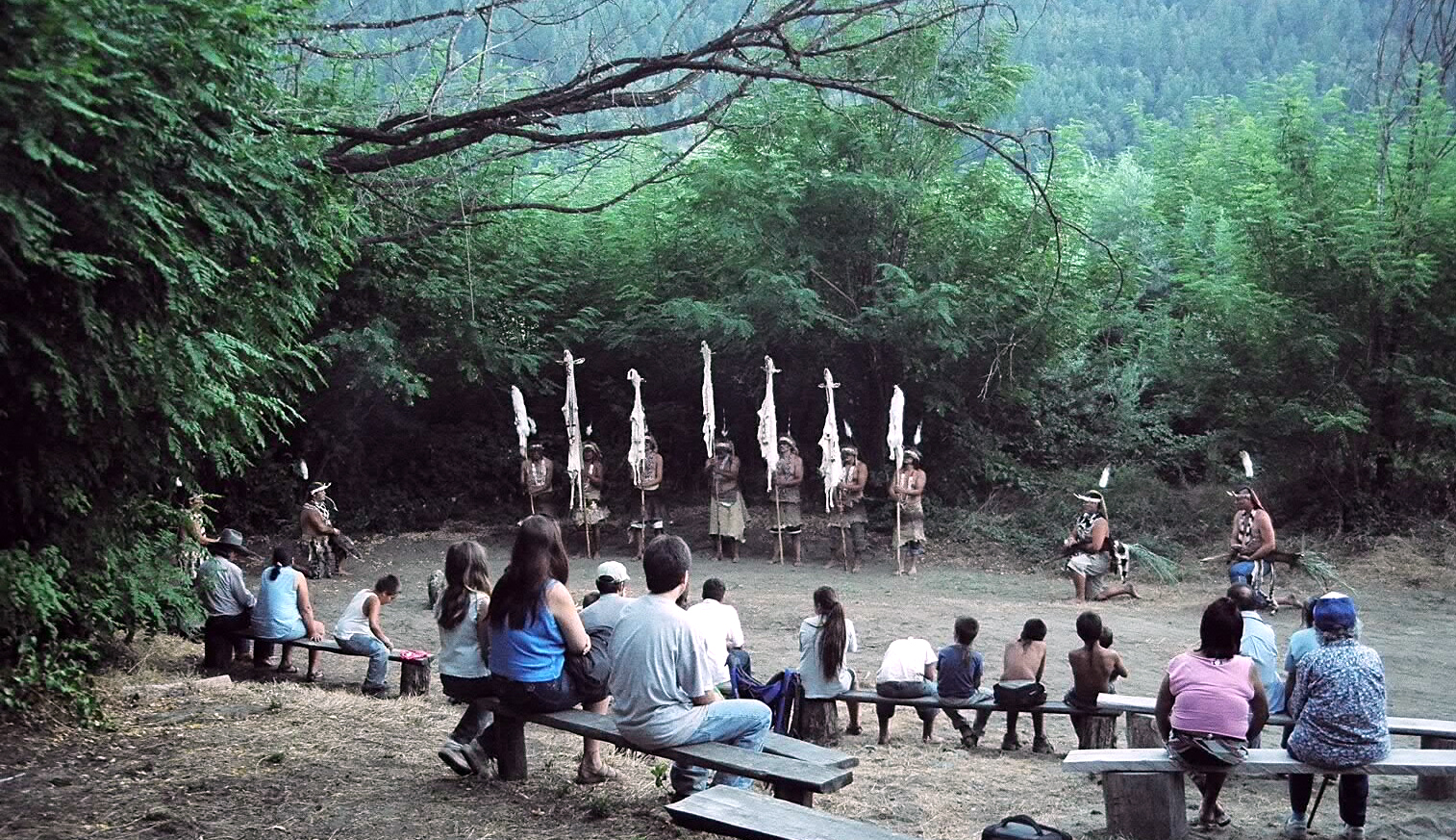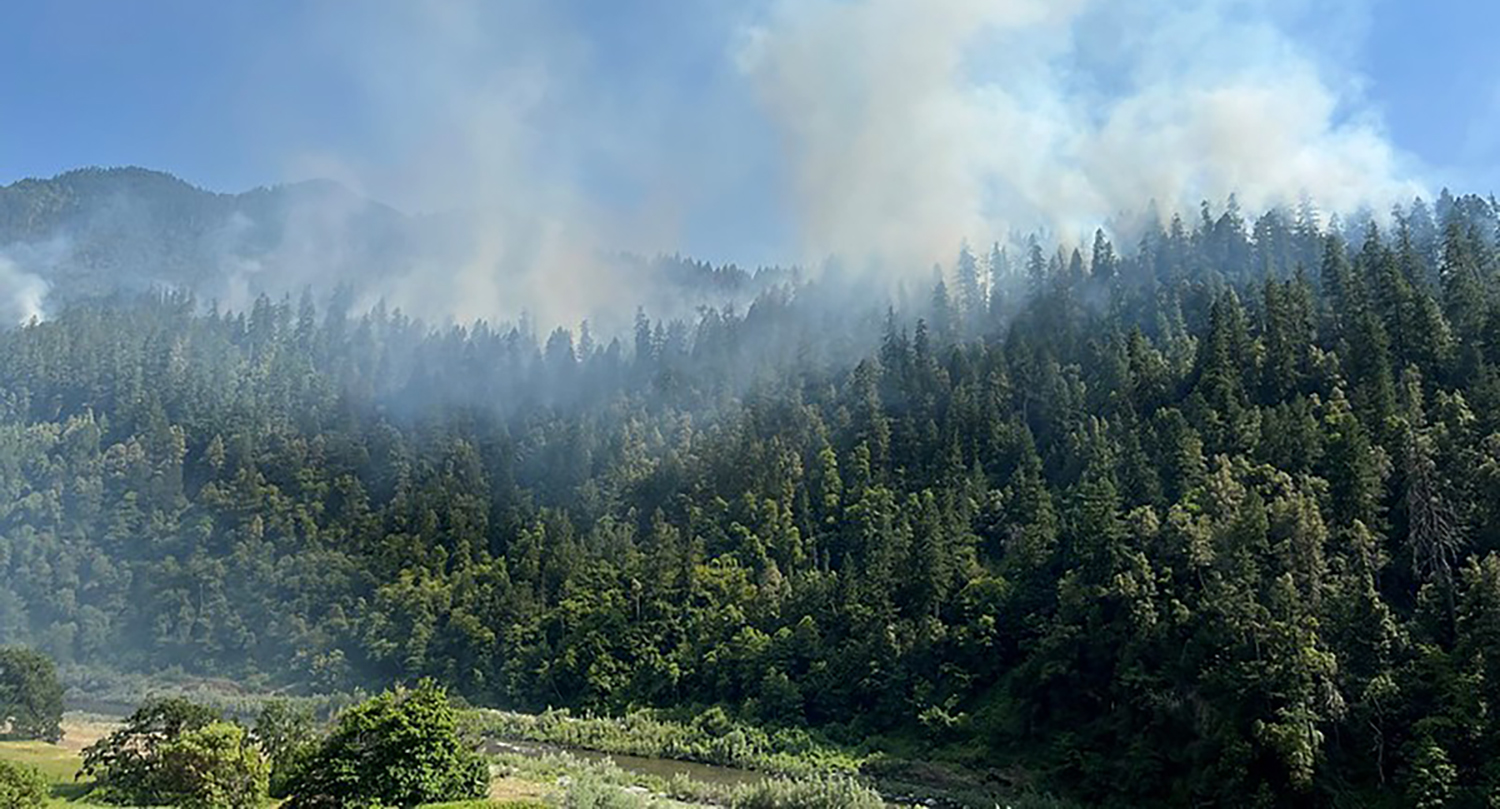
Karuk Tribe: Northern California Traditions & River Stewardship
Along the serpentine stretch of the Klamath River in Northern California, the Karuk Tribe has sustained a vibrant culture for millennia. Their ancestral lands, primarily within what is now Siskiyou and Humboldt counties, are not merely territory but an extension of their identity, deeply interwoven with the health and flow of the river they call ‘Ishipishi’ – the very essence of life. The Karuk, whose name translates to "upriver people," embody a profound connection to their environment, a bond that is both spiritual and pragmatic, and one that drives their relentless efforts in river stewardship and cultural revitalization amidst modern ecological crises.
For thousands of years, the Karuk people thrived on a sophisticated system of resource management rooted in Traditional Ecological Knowledge (TEK). The Klamath River, one of the largest rivers in California, was their larder and their spiritual center. Salmon, particularly Chinook and Coho, were the cornerstone of their diet, economy, and spiritual life, revered as sacred beings. Acorns, deer, and diverse plant life complemented their sustenance, all managed through practices like prescribed burning, which maintained healthy forests, promoted biodiversity, and enhanced food productivity. Their world renewal ceremonies, such as the Jump Dance and the Pikyavish (renewal of the world), were not merely rituals but critical acts of ecological governance, ensuring the balance of the ecosystem and the continuation of life.
The arrival of Euro-American settlers in the mid-19th century brought an era of profound disruption. The California Gold Rush, followed by aggressive logging, mining, and the construction of massive hydroelectric dams, decimated the Karuk’s traditional lifeways and their environment. The Klamath River, once teeming with salmon, saw its runs plummet by as much as 90% due to habitat degradation, water diversions, and impassable dams. The four lower dams – Iron Gate, Copco 1, Copco 2, and JC Boyle – constructed in the early to mid-20th century, blocked salmon from reaching hundreds of miles of prime upstream spawning and rearing habitat, fundamentally altering the river’s ecology and the Karuk’s ability to practice their culture.
This era of environmental degradation fostered a deep sense of loss but also ignited a fierce resolve within the Karuk Tribe to reclaim their heritage and restore their river. Their stewardship today is not a new endeavor but a continuation and adaptation of ancient practices, informed by generations of accumulated knowledge and a fierce commitment to environmental justice.
A cornerstone of Karuk stewardship is the reintroduction of prescribed fire. For centuries, Karuk cultural burning practices shaped the landscape, creating fire-resilient forests, enhancing forage for game, and increasing the abundance of culturally significant plants like hazel and tan oak. The suppression of these fires by federal agencies for over a century led to overgrown forests, fuel buildup, and an increased risk of catastrophic wildfires that now regularly ravage Northern California. The Karuk Department of Natural Resources (DNR) has been at the forefront of advocating for and implementing "good fire" through partnerships with the U.S. Forest Service and other agencies. They conduct cultural burns, often in areas traditionally managed by their ancestors, demonstrating that controlled fire is not destructive but regenerative, a vital tool for ecosystem health and community safety. "We’re bringing back our ancestors’ knowledge to heal the land," says Bill Tripp, Director of Natural Resources and Environmental Policy for the Karuk Tribe, emphasizing that these fires are about more than just fuel reduction; they’re about renewing the landscape and strengthening cultural ties.

Equally critical is the Karuk’s tireless advocacy for salmon restoration. The decline of salmon has had devastating consequences, impacting not only diet but also ceremony, language, and the very fabric of Karuk identity. The Tribe has invested heavily in habitat restoration projects, working to improve water quality, stabilize stream banks, and reintroduce native vegetation along tributaries. They monitor water temperatures and disease outbreaks, particularly during the increasingly frequent summer fish kills that plague the lower Klamath, where warm, stagnant water behind the dams creates ideal conditions for harmful algal blooms and parasitic infections like Ceratomyxa shasta, which is lethal to juvenile salmon. These fish kills are a stark reminder of the river’s ailing health and the urgency of their mission.
The most significant triumph in the Karuk’s fight for the Klamath’s health has been the successful push for dam removal. After decades of relentless advocacy, alongside the Yurok, Hupa, and other Klamath Basin tribes, environmental groups, and state agencies, an agreement was reached in 2022 to remove the four lower hydroelectric dams. This monumental undertaking, set to be the largest dam removal project in U.S. history, is expected to begin in 2023. It represents a watershed moment, promising to reconnect over 400 miles of prime salmon habitat, restore natural river flows, and improve water quality. For the Karuk, dam removal is not just an environmental victory; it is an act of environmental justice, a testament to tribal sovereignty, and a profound step towards cultural healing. "Our prayers have been answered," a Karuk elder might say, reflecting the deep spiritual significance of a free-flowing river.
Beyond fire and fish, the Karuk Tribe is actively engaged in comprehensive cultural revitalization. The Karuk language, like many indigenous languages, faced near extinction due to forced assimilation policies. Today, the Tribe offers language classes, develops educational materials, and fosters intergenerational learning to ensure the survival and flourishing of their linguistic heritage. Traditional arts, such as intricate basket weaving, regalia making, and traditional song and dance, are also being revitalized, connecting younger generations to their cultural roots and reinforcing their identity. Youth engagement is paramount, with programs that immerse young Karuk people in traditional land management practices, teaching them TEK and preparing them to be the next generation of stewards.
The Karuk Tribe’s work extends beyond their immediate territory, influencing regional and national conservation dialogues. They actively participate in collaborative governance, working with federal agencies like the Bureau of Land Management and the U.S. Forest Service to co-manage ancestral lands, shifting from a history of exclusion to one of partnership and shared decision-making. Their model of indigenous-led conservation demonstrates that local, traditional knowledge is indispensable for effective resource management, especially in the face of complex challenges like climate change. The Tribe’s advocacy highlights that environmental health is inextricably linked to cultural health and that tribal sovereignty is essential for achieving both.
In essence, the Karuk Tribe’s journey is one of profound resilience and unwavering commitment. Their ancestral traditions are not relics of the past but living, breathing practices continually adapted to address contemporary challenges. Their stewardship of the Klamath River and the surrounding lands is a testament to their enduring connection to place, a powerful example of how indigenous knowledge can lead the way in healing degraded ecosystems and fostering a sustainable future. As the dams come down and the Klamath River begins its journey back to health, the Karuk people stand ready, guided by their traditions and fueled by their enduring love for their ancestral home, to ensure that the "upriver people" and the river itself will thrive for generations to come. Their story is a powerful reminder that true stewardship is a continuous act of love, remembrance, and action.
